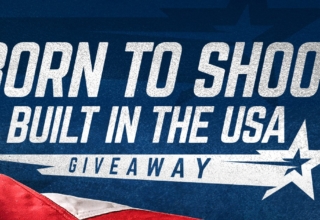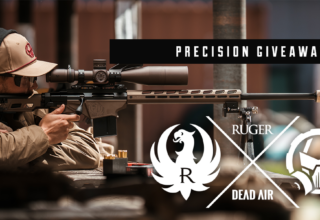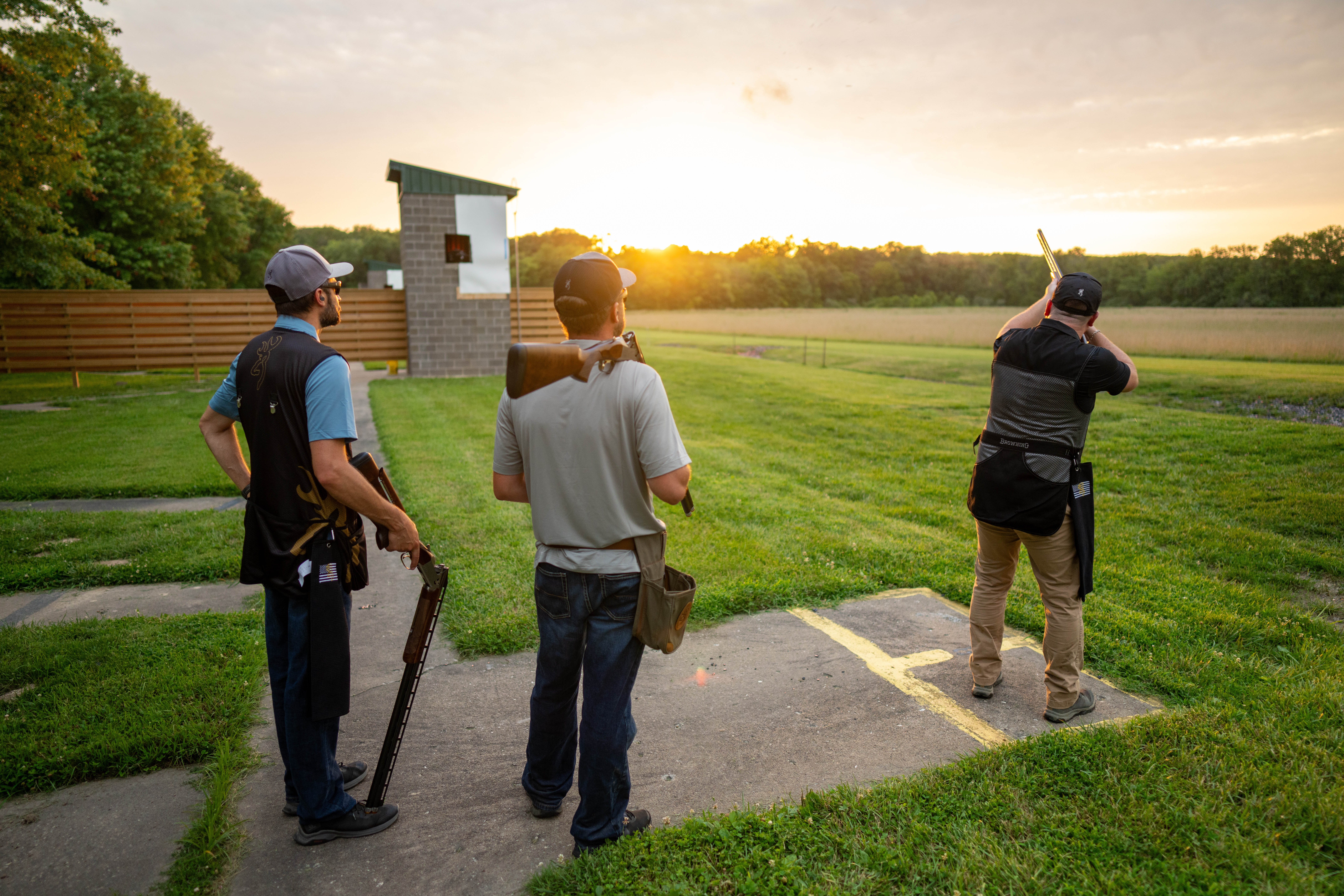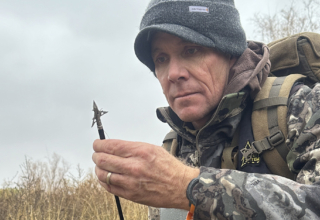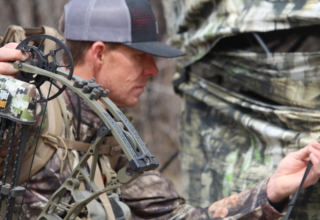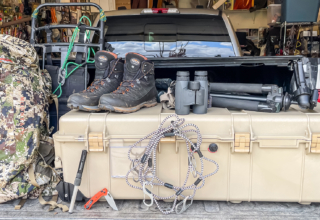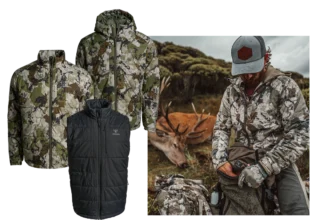Is it worth putting into the tag draw systems of various states? What do preference points and bonus points mean? Can I hunt on over-the-counter in some states each year? Get your answers and more below!
by Jace Bauserman
For hunters, life often revolves around seasons. And, no, those seasons aren’t fall, winter, spring, and summer. Those seasons are for the general masses. Hunters have deer season, elk season, duck season, goose season, shed season, you get the idea.
One season that gets easily overlooked and shouldn’t is Tag Season!
What Is Tag Season?
In more and more states across the country, especially the West, tags to hunt specific game species are getting harder and harder to come by. Yes, there are still plenty of OTC (over-the-counter) and OTC w/CAPS (over-the-counter-controlled) to be had, but don’t bank on those tags.
Take states like Idaho and Arizona, for example. Not long ago, non-residents could purchase numerous Idaho archery elk tags, even after the season had started. In Arizona, hunters could buy tags, in certain regions, for Couse deer over the counter. Those tags have a cap now, and if you don’t jump online on the on-sale date and have your ducks in a row, they will be gone long before you can get a tag in your pocket.
What To Do?
I’m a hunting addict and want to hunt different species in different states yearly. I want to set myself up to have a combination of OTC tags and easy-to-draw tags and always be in the mix for a premium draw tag.
Here’s how I do it.
First, I visit the state game and fish websites of the states I want to hunt. State wildlife agencies have done a remarkable job of beefing up website information. Many state game and fish websites have tabs that will walk you through the state’s licensing system and draw process. Most have hunt planners, and often, you can research harvest statistics, herd numbers, etc. Immerse yourself in this information.
Next Up Is …
Next, learn how each state issues its tags, especially those requiring you to enter a draw. Most states operate off the following when giving tags:
- Preference Point: You earn a point each year you apply to hunt a species and don’t draw the tag. Most states charge for preference points. You can often buy preference points without applying for a specific unit. The more preference points you build, the better your chances of drawing a tag.
- Bonus Point: Bonus points are very similar to preference points, and it can be difficult to distinguish between the two. Like preference points, bonus points happen when a hunter applies for a permit and doesn’t draw. For example, if you have four bonus points in Montana and don’t draw in year four, you will have five bonus points the following year. The main difference between bonus and preference points is that preference point systems ensure that all or some of the tags available in the specific area of the state for the particular species being applied for go to hunters who have accumulated the most points. With a bonus point system, you can always draw a premium tag, even if you only have one or two points.
- Lotteries: Some states find operating off a lottery tag drawing system easier. In a lottery-style system, there are no “odds.” If you apply for a premium draw tag along with 100,000 others, and five tags are available, all the hunters have the same odds of drawing. A lottery is random; no preference or bonus points affect the outcome.
Go Deeper!
Now, with an understanding of how a state’s hunt draws work, go deeper. Purchase a membership from GoHunt and use their Hunt Planner and Draw Odds tabs to learn more about the unit/region you want to hunt and how long it will be before you draw a tag.

For example, going into the 2023 Colorado tag draw, I had 23 preference points for pronghorn. I used GoHunt and HuntStand to research and examine the unit I wanted to apply for.
GoHunt’s Species Within This Unit intel told me that 90 percent of the unit was public land. HuntStand allowed me to look at an aerial image of the unit and start planning. GoHunt noted that the unit was a banger for pronghorn. The buck-to-doe ratio was 17 bucks to every 100 does, and GoHunt said that the trophy potential was high. The puzzle pieces were coming together.
After clicking on the Draw Odds tab and inputting my data, I learned that 21 points gave me a 100 percent chance of drawing the tag.
In June of 2023, I learned I was successful in drawing my pronghorn tag and had the hunt of a lifetime.
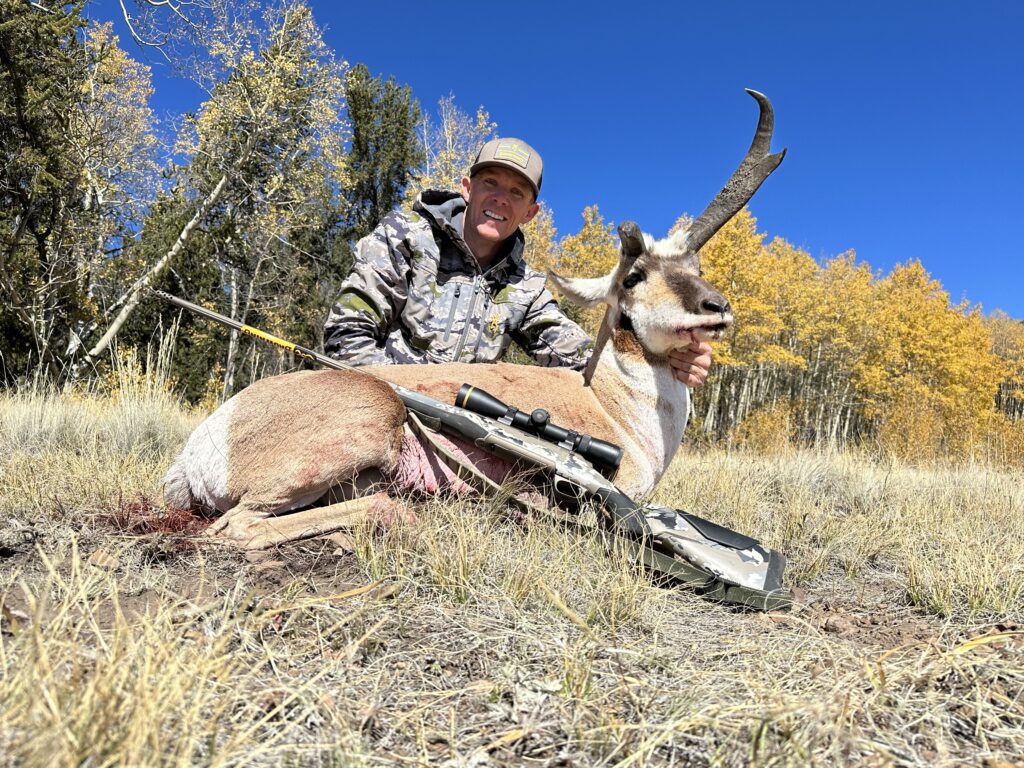
Is It Worth It?
One of the most common questions at seminars through email and social media is: Is it worth paying the money, building points, and entering multiple hunt draws in numerous states?
Ten years ago, I would have told you, “No.” Yikes, not what you were expecting? I want to be genuine and honest. Now, at age 43, I can’t tell you how BIG A MISTAKE it would have been not to build bonus points and preference points and enter into lotteries.
What changed?
Time. I stayed the course, kept paying the money, and now, I’m reaping the rewards. I’ve had at least one premium tag in my pocket for the last four years. I’ve hunted Rocky Mountain Big Horn Sheep, trophy elk, massive mule deer, gagger pronghorn, etc.
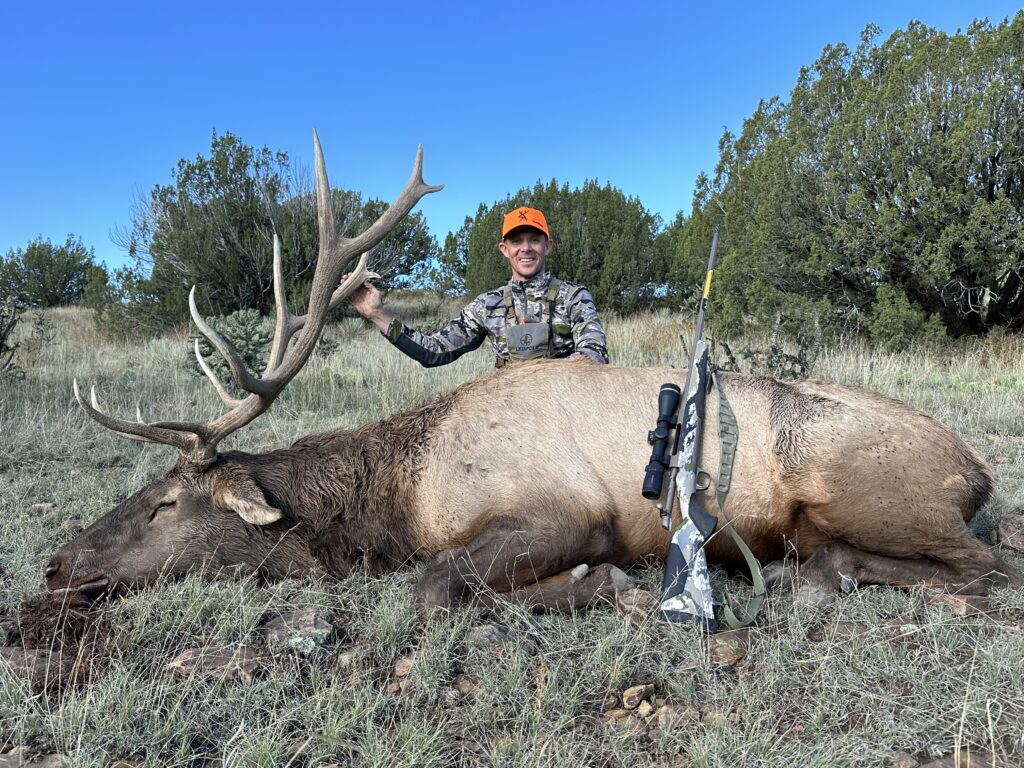
The good news is I still need to draw in multiple states. I have a stellar chance this season: 73 percent, according to GoHunt, at drawing a Nevada archery mule deer tag. I also have an outside chance at a Utah Book Cliffs archery mule deer permit.
Stay the course, keep applying, and you’ll have many unforgettable hunts on the horizon.

So, Just Wait?
I don’t want you to read this and think I rely on draw tags to fill my hunt calendar. It’s quite the opposite. Many of my big-game tags are OTC and OTC w/CAPS tags every year. I love to hunt, and tags like these ensure I get to do so every year. Also, in many states, you can apply for multiple hunt units/regions for the same species on a first, second, third, etc. choice system. Keep this in mind. I draw lots of second choice tags each year, and doing so means I still get to hunt and still get a preference point because I did not draw my first choice tag.
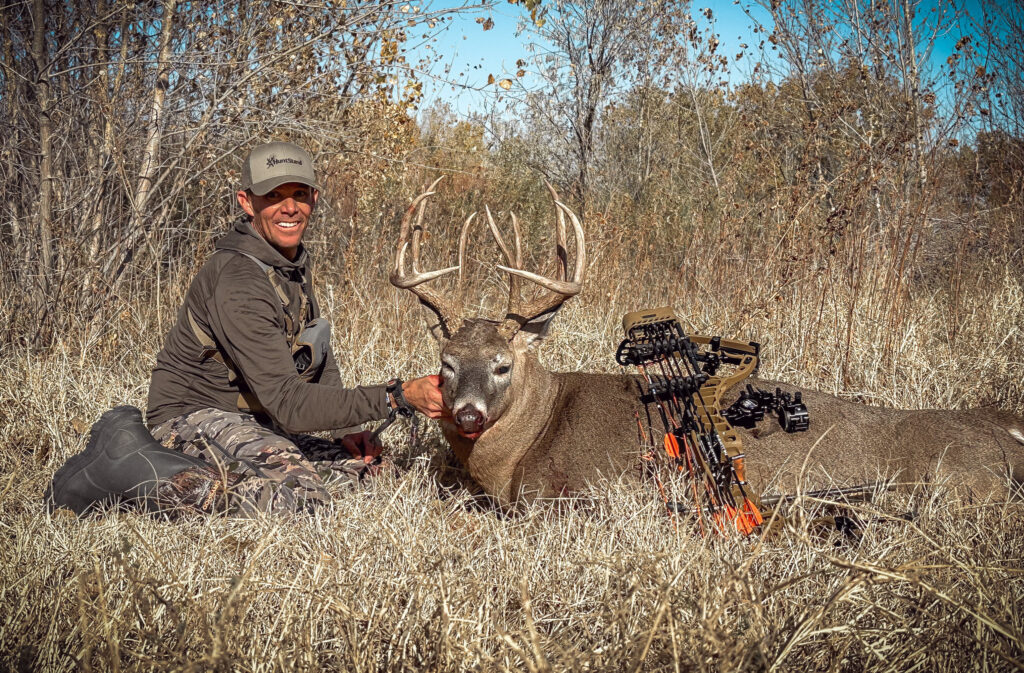
Now is the time to look at when OTC w/CAPS and OTC tags go on sale. Develop a plan and execute it. Also, some states have leftover tags after the primary draw.
Take my home state of Colorado, for example. Last year, my beautiful bride of 20 years cashed in 22 elk points. She pulled a premium muzzleloader tag in the Colorado high country. Sadly, after our daughter spent 14 days in Children’s Hospital in July, she had to turn her tag in.
Because she turned her tag in more than a month before the season, she got back all of her points. But what happens to the tag she turned in?
Colorado puts out a leftover list after the primary draw and secondary draw and updates that list every Tuesday. Turned in tags, of which there are many, go back on the leftover list. Leftover tags go on sale on Wednesday of each week. I have nabbed some killer tags off the leftover list. Last year, a Desert Bighorn tag, which was turned in, found its way on the leftover list in Colorado.
Always plan and prepare, and you’ll have no shortage of hunting opportunities.


